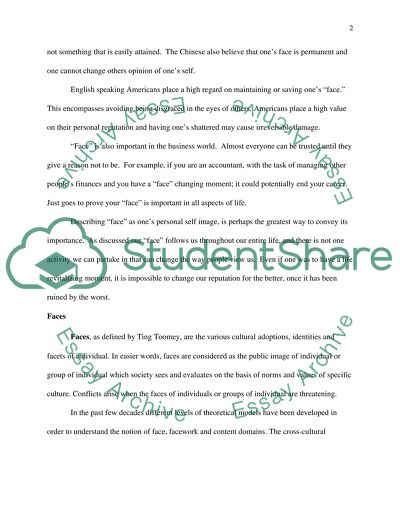Cite this document
(“Face Negotiation Theory and Content Domains Term Paper”, n.d.)
Retrieved from https://studentshare.org/sociology/1440096-face-content-domains-within-the-face-theory
Retrieved from https://studentshare.org/sociology/1440096-face-content-domains-within-the-face-theory
(Face Negotiation Theory and Content Domains Term Paper)
https://studentshare.org/sociology/1440096-face-content-domains-within-the-face-theory.
https://studentshare.org/sociology/1440096-face-content-domains-within-the-face-theory.
“Face Negotiation Theory and Content Domains Term Paper”, n.d. https://studentshare.org/sociology/1440096-face-content-domains-within-the-face-theory.


